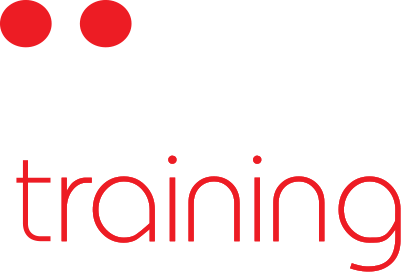At the Build 2014 conference held this past April, Microsoft held a session on “Windows on the Internet of Things.” Microsoft, as well as other companies, is heralding new technology that will allow computer-chips to function effectively within commonplace “things” such as a watch, coffee mug, or even a pencil eraser. Essentially, Microsoft wants to input its operating system into these much smaller objects-- creating smart mug, smart watch, smart everything. This is the beginning of the Internet of things. Even in recent days, other companies have released statements which may highlight their intention to make headway into this Internet of things. The possibilities involve endless objects that could be plastered with connectable devices, so the race is on.
According to Techopedia, “the Internet of Things (IoT) is a computing concept that describes a future where everyday physical objects will be connected to the Internet and be able to identify themselves to other devices.” With the growth of this kind of interconnectedness, we’d be approaching a wholly connected world, where every item in front of you has an incredible capacity. This type of technology would have an enormous impact on our world and society, as everyday objects would become globally connected: capable of transmitting and receiving objects. The objects themselves would be inherently changed, giving rise to the term “ambient intelligence” where even common objects can contain knowledge and information.
What are Some Objects in Development?
Nest, in collaboration with Google, has developed a “learning thermostat,” a device which presumably would adapt to the surrounding areas, and alter its functioning to suit the environment. They’ve also focused on smoke detectors which respond to voice commands and have connections to a smartphone app.
Jawbone’s UP24 wristband monitors all kinds of things about the wearer, such as physical activity, and sends data to the appropriate computer. This wristband also can connect with other smartphone apps to perform such amazing tasks as starting your coffee brewing in the morning.
Intel has focused on developing a new chip, their tiniest yet, known as the Quark. Intel claims that this chip will be able to be used in computers, smartphones, or wearable items, and will connect these devices using a fraction of the power of other chips.
We’ll See
The Internet of Things presents both wonderful opportunities to have a fully connected world, but similarly may produce some questions and concerns regarding privacy, limitation, and control of these newly connected objects. As this technology is still under development, there are many avenues it could potentially follow, and these concerns may not need addressing until the Internet of Things is in full blown effect. Until then, we anxiously await the arrival of this new way of life.


